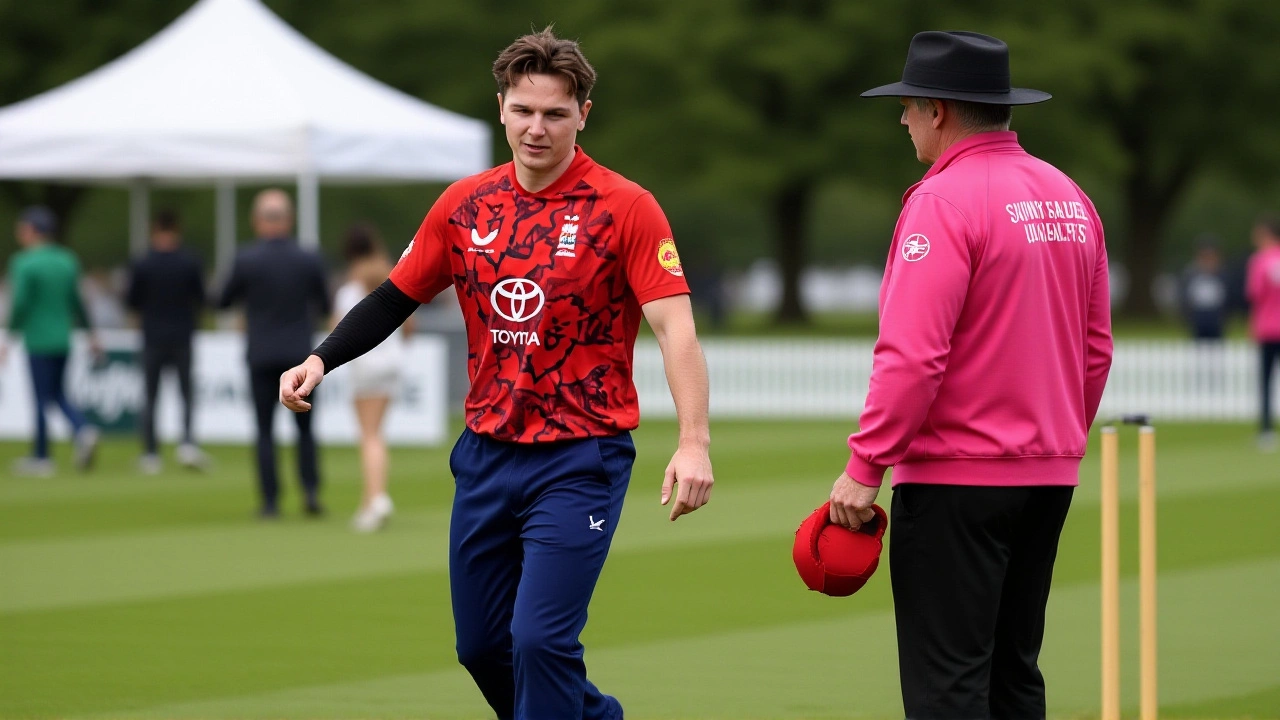Bowling Records
Understanding bowling records starts with a clear definition:
When you talk about bowling records, the official tally of a bowler’s performance in cricket, covering wickets taken, runs conceded, overs bowled and related metrics, you’re looking at the numbers that define a bowler’s legacy.
One of the most basic building blocks of any bowling record is the wicket, the dismissal of a batter, which directly adds to a bowler’s count and influences their average. A higher wicket count usually signals a bowler’s ability to change a match’s direction. But wickets alone don’t tell the whole story.
Another key metric is the economy rate, the average number of runs a bowler concedes per over, essential for evaluating control and pressure. In limited‑overs formats like T20 or the ICC Women’s World Cup, a low economy rate can be as valuable as a big wicket haul. Together, wickets and economy rate shape a bowler’s overall impact.
Women’s cricket has added fresh layers to bowling records. The recent Women’s World Cup opener, where India beat Sri Lanka, produced several notable figures: a five‑for, a career‑best strike rate, and a sub‑four economy. These achievements fall under the umbrella of women's cricket, the rapidly growing segment of the sport that now records its own standout bowling milestones. As more teams compete, the database of women's bowling records expands, pushing standards higher.
How Bowling Records Connect to the Bigger Game
Bowling records aren’t isolated numbers; they influence team strategy, player selection, and fan discussions. A bowler with a low strike rate—meaning they take wickets frequently—can be the go‑to option in high‑pressure phases. Likewise, a bowler who consistently maintains a low economy rate becomes a backbone in the middle overs, especially in the 50‑over format. These connections illustrate the semantic triple: "Bowling records require accurate data tracking," and "Accurate data tracking enables meaningful comparisons across formats."
Beyond the pitch, the way we consume bowling stats has changed. Mobile apps like the UTS ticketing tool, though unrelated to cricket, show how digital platforms can streamline data access. Imagine a cricket app that instantly pulls a bowler’s latest figures, just like the UTS app pulls ticket info. This parallel highlights another triple: "Digital tools influence how bowling records are accessed," reinforcing the importance of tech in modern cricket analysis.
In the mix of topics you’ll find on this page—from a deep dive into a women’s World Cup match to tech‑driven ways of presenting stats—each piece adds a layer to the understanding of bowling records. Whether you’re a casual fan curious about how many wickets a bowler needs to break a record, or a stats‑enthusiast tracking economy rates across tournaments, the collection below offers practical insights and real‑world examples.
Ready to see the numbers in action? Scroll down to explore detailed articles, match breakdowns, and the latest record‑setting performances that illustrate every facet we’ve just discussed.
- Dustin Chamberlain
- 0
Sonny Baker Sets Unwanted England Bowling Records in T20I Debut
Sonny Baker's expensive debut spells in both T20I and ODI formats set unwanted England bowling records, prompting questions about his future and England's fast‑bowling depth.
Read more